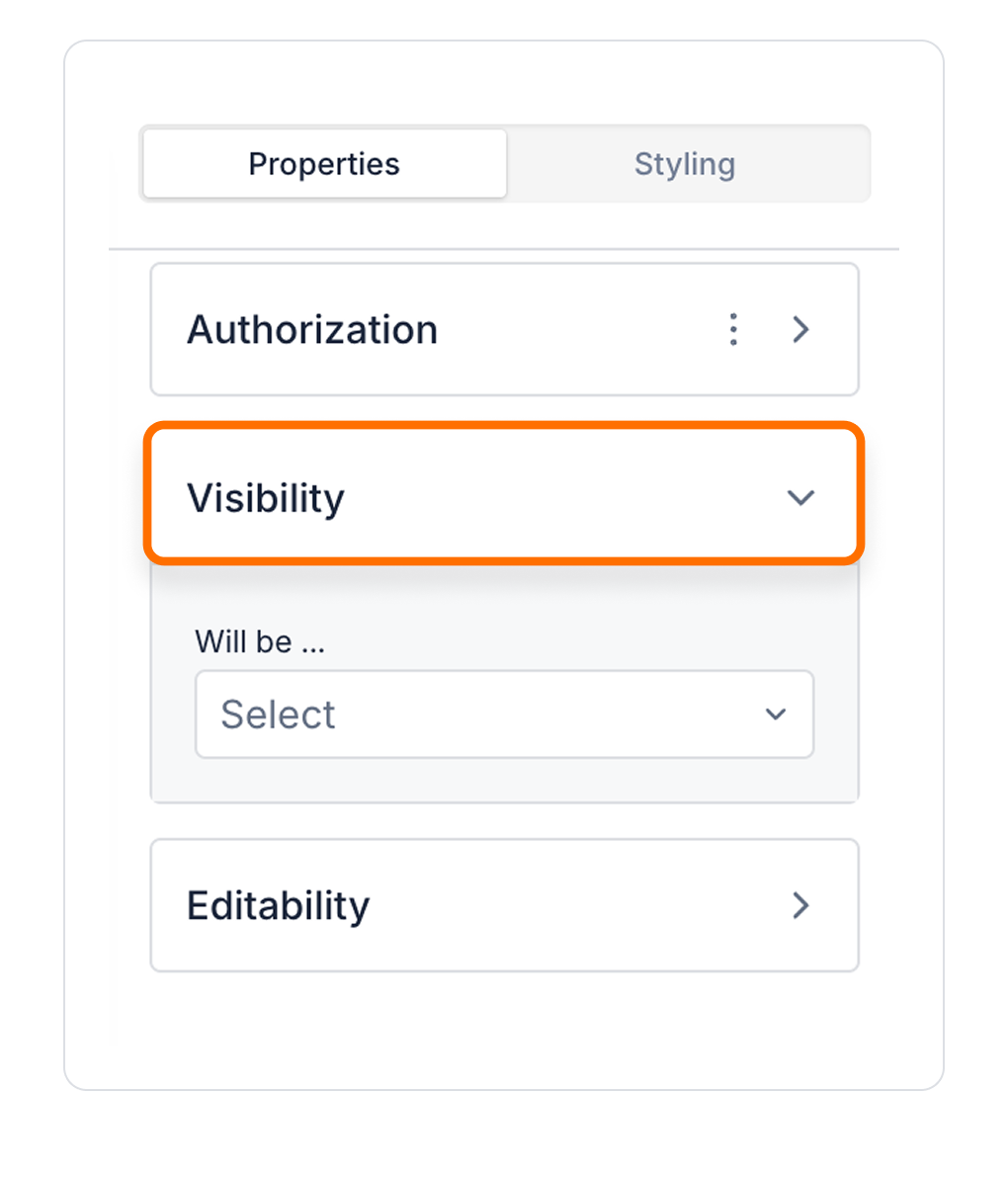


Kuika's Tree element is used for visual representation of hierarchical data structures. To help users better understand information, this element organizes a series of elements and sub-elements in a layered manner. Tree elements present complex data in an organized format, allowing users to easily explore data. For example, it is ideal for showing folder structure in a file manager application or page hierarchy in a content management system. In this tutorial, you will learn how to create a hierarchical structure in your application using the Tree element.

The Tree element cannot be used as a custom list, so it is bound to a data table. Follow the steps below for data linking:
SELECT * FROM your_datasource_name4. Create the SQL Action by clicking the CREATE button.

Authorization

To manage access control at the element level, you can use the Authorization section in the Properties panel.
Access Types
Anonymous
Allows all users to view the element without logging in.
Restricted
Restricts access to only verified users or specific roles.
Unauthorized Behavior (Hide / Disable)
If the user does not have the required role, you can specify how the element should behave in the Choose field:
This setting is used to manage how unauthorized users encounter the element.
Visibility

Always Visible: The element is always visible.
Hidden: The element is hidden.
Sometimes Visible: The element becomes visible based on specific conditions.
When Sometimes Visible is used, AND / OR groups can be added directly, allowing visibility rules to be grouped and more complex scenarios to be managed easily.
To configure the setting:


By customizing your elements with the Styling Panel, you can create impressive interfaces for your web and mobile applications. In this section, you can configure the following settings:
By following these steps, you can configure the Area Chart element to suit your needs.